-
UNSW04: Tropical cyclones in Australia
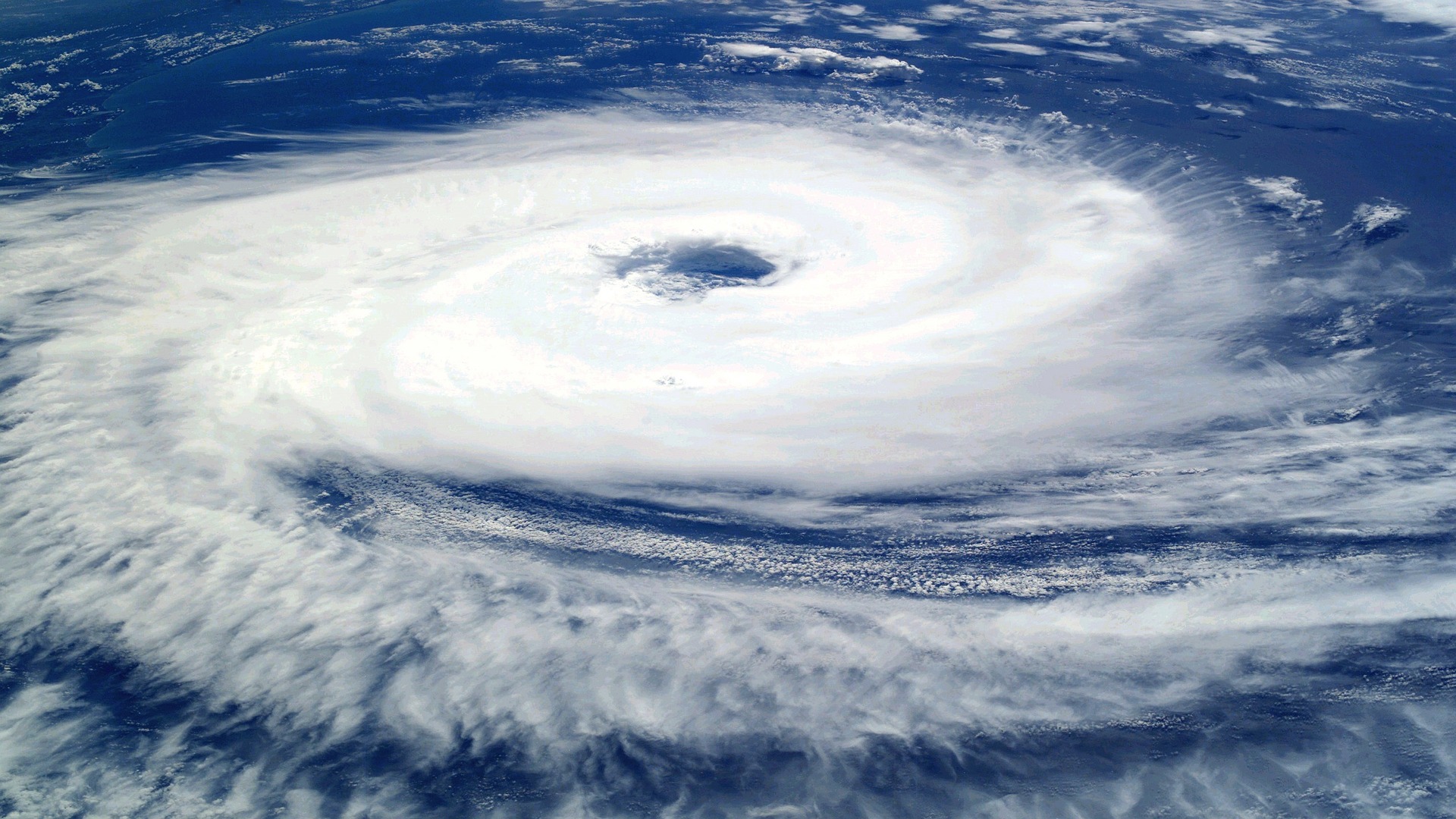
This project investigates the relationship between tropical cyclone characteristics in the Australian sector and the sea surface temperature conditions in the Indian Ocean.
-
UNSW05: Near real-time estimates of drought breaking probabilities
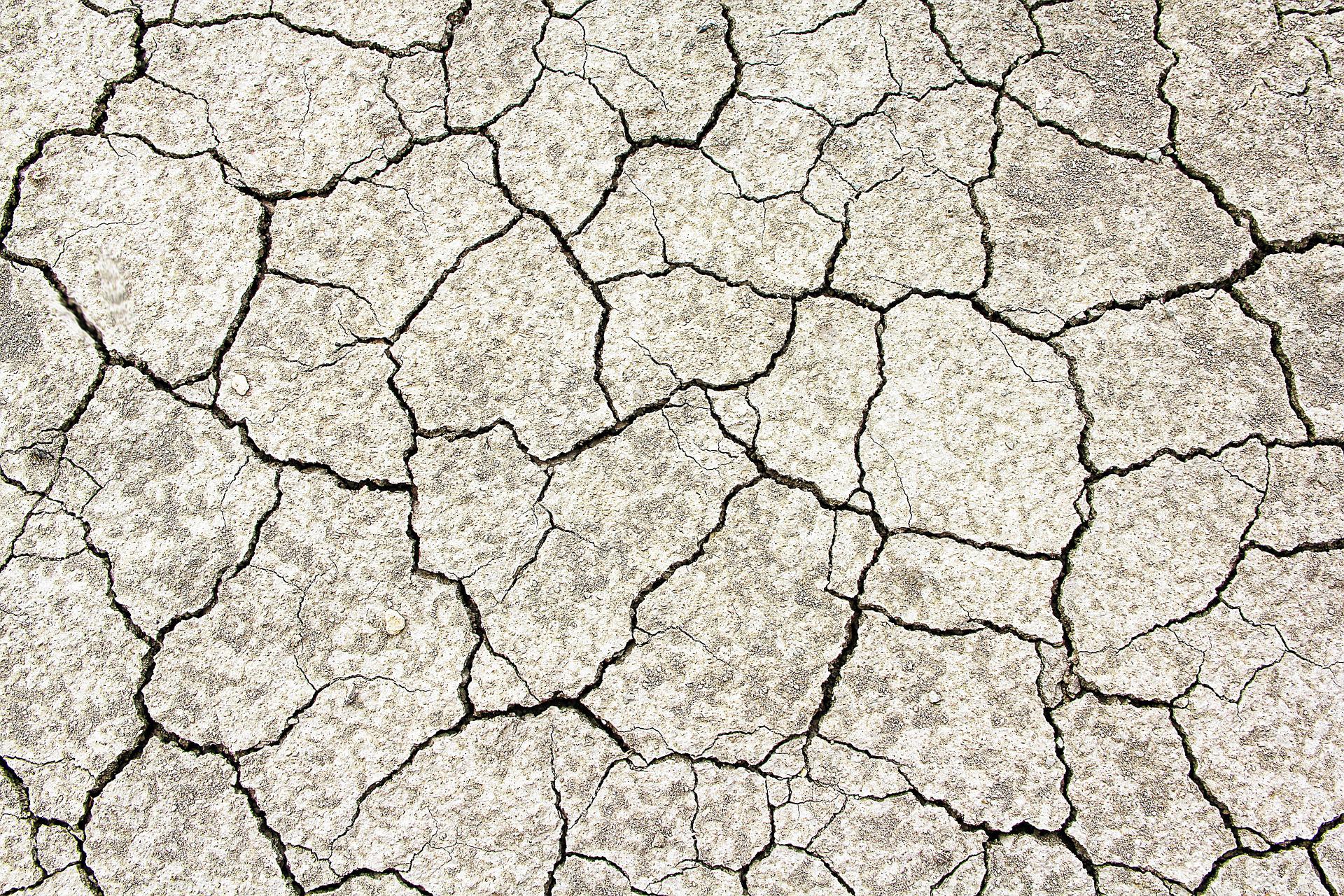
Once a drought has begun the important question is: when will the drought end?
-
MON01: Australian East Coast trends in atmospheric water vapour and rainfall patterns

The aim of this project is to quantify trends in atmospheric water vapour transport over the east coast of Australia in order to help us understand how rainfall patterns may change in the future.
-
UNSW06: Clustering weather types for urban climate evaluation in Australian cities
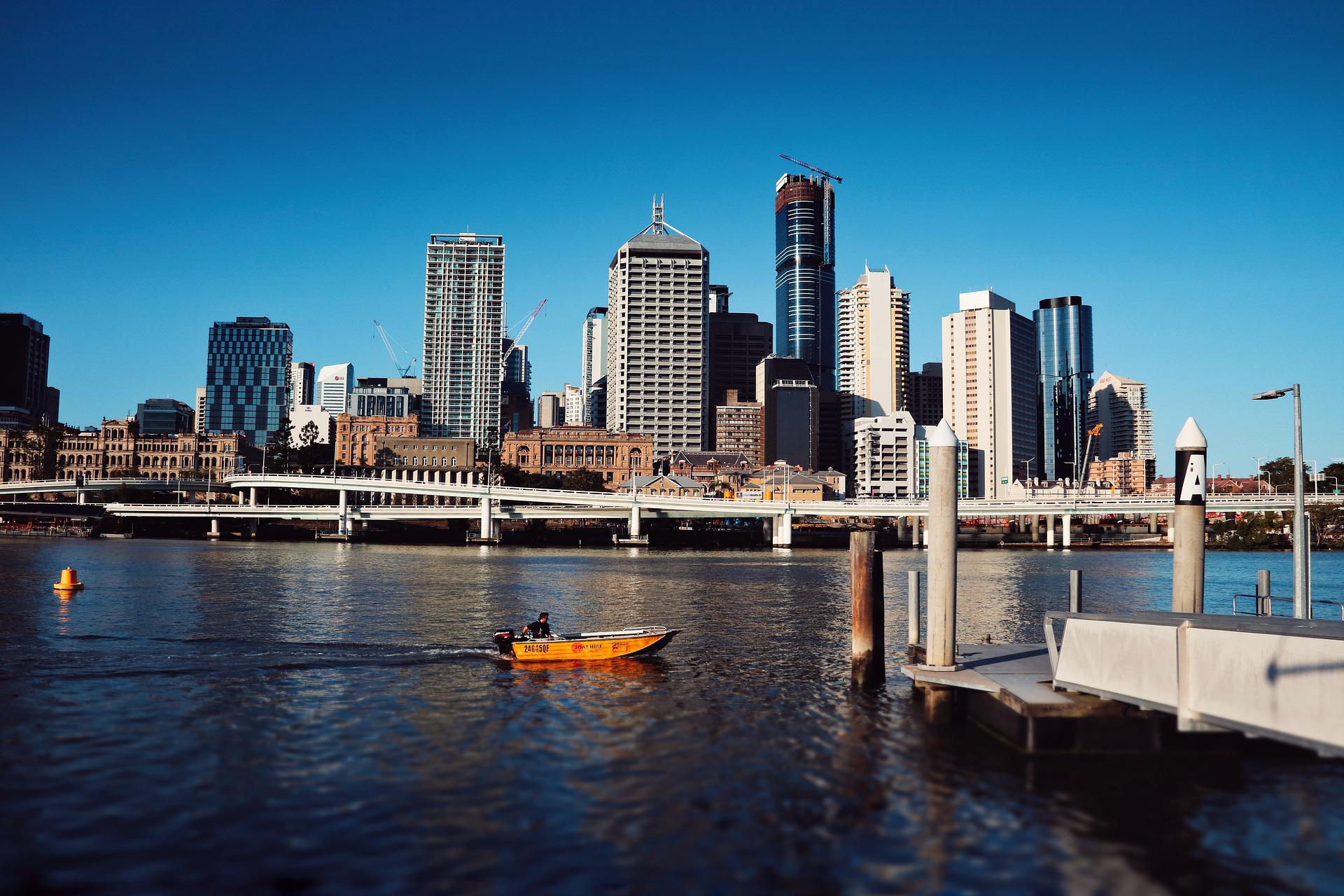
The approach presented in this study will provide better support to planners and decision-makers in the development of urban spaces in regard to their expected use.
-
UTAS01: Co-occurrence of mesoscale eddies and marine heatwaves
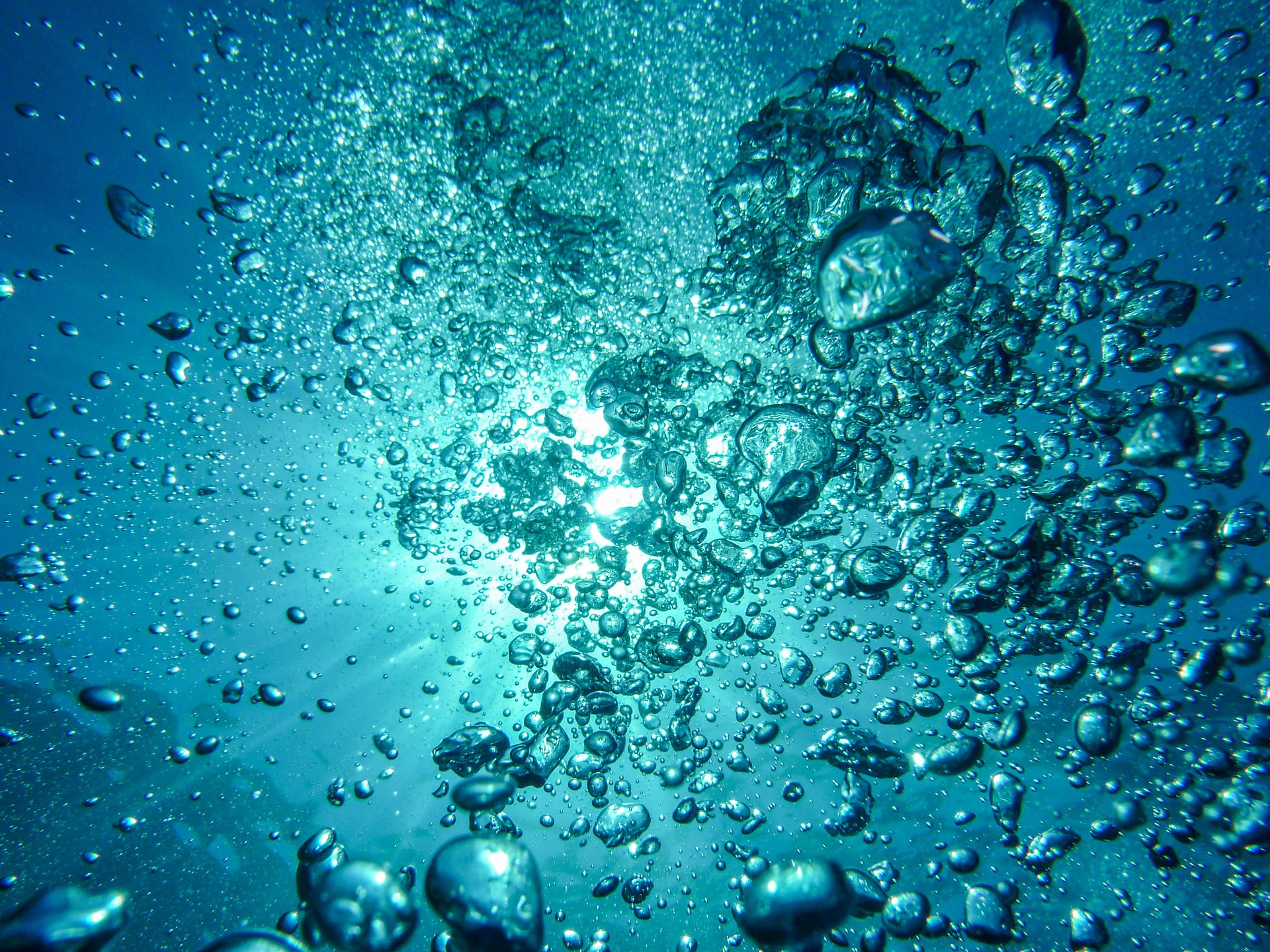
Marine heatwaves are extreme climate events of anomalously warm ocean surface that have significant impact on marine species, ecosystem distribution consequently on our society.
-
UNSW03: Developing a drought impacts database for Australia
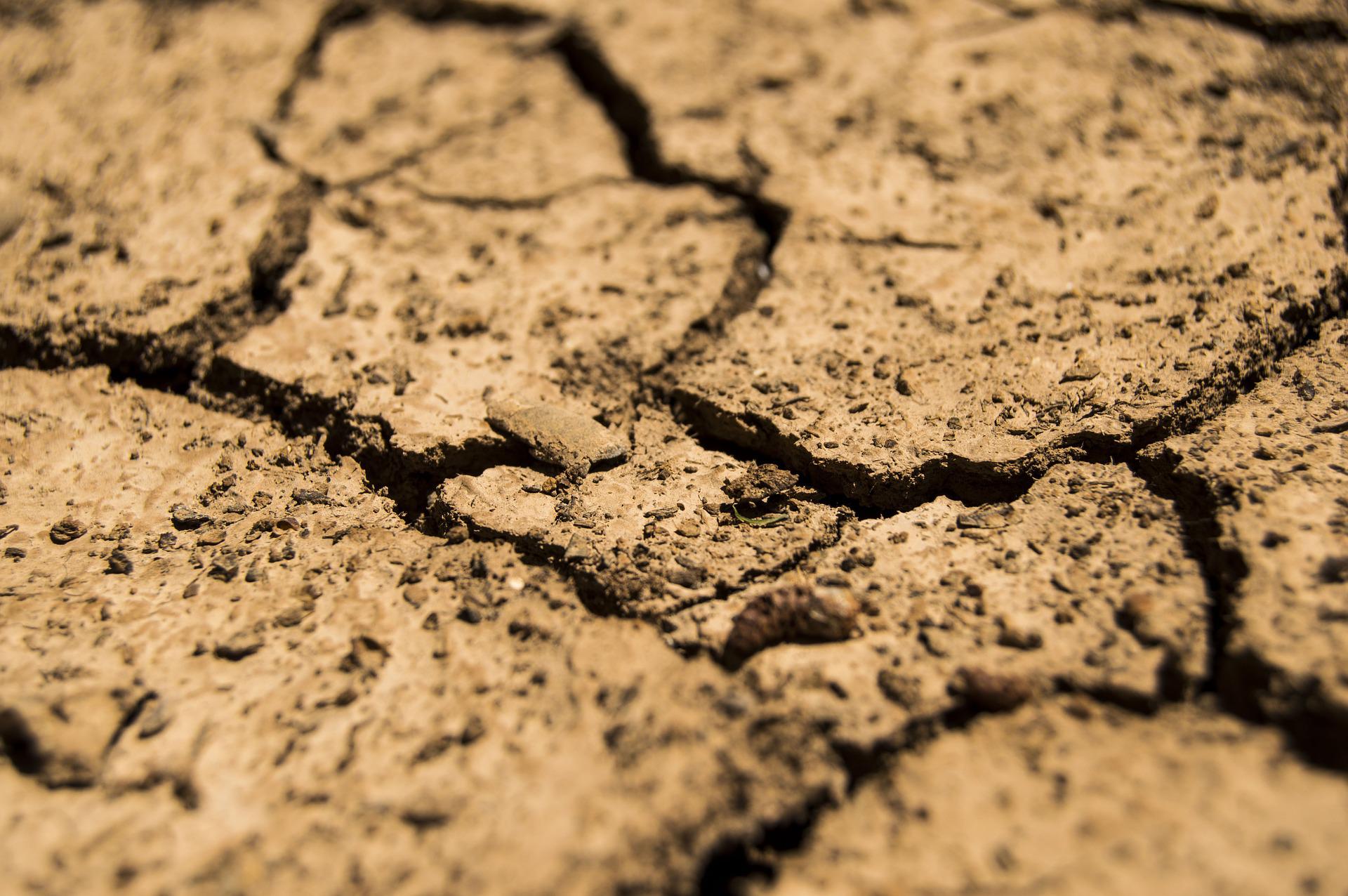
In this project, you will develop a drought impacts database in a spreadsheet format by mining a wide range of documents. This database will provide valuable information regarding Australian droughts that will be used for drought research in the future.
-
UNSW02: Albedo effects on Saharan convection
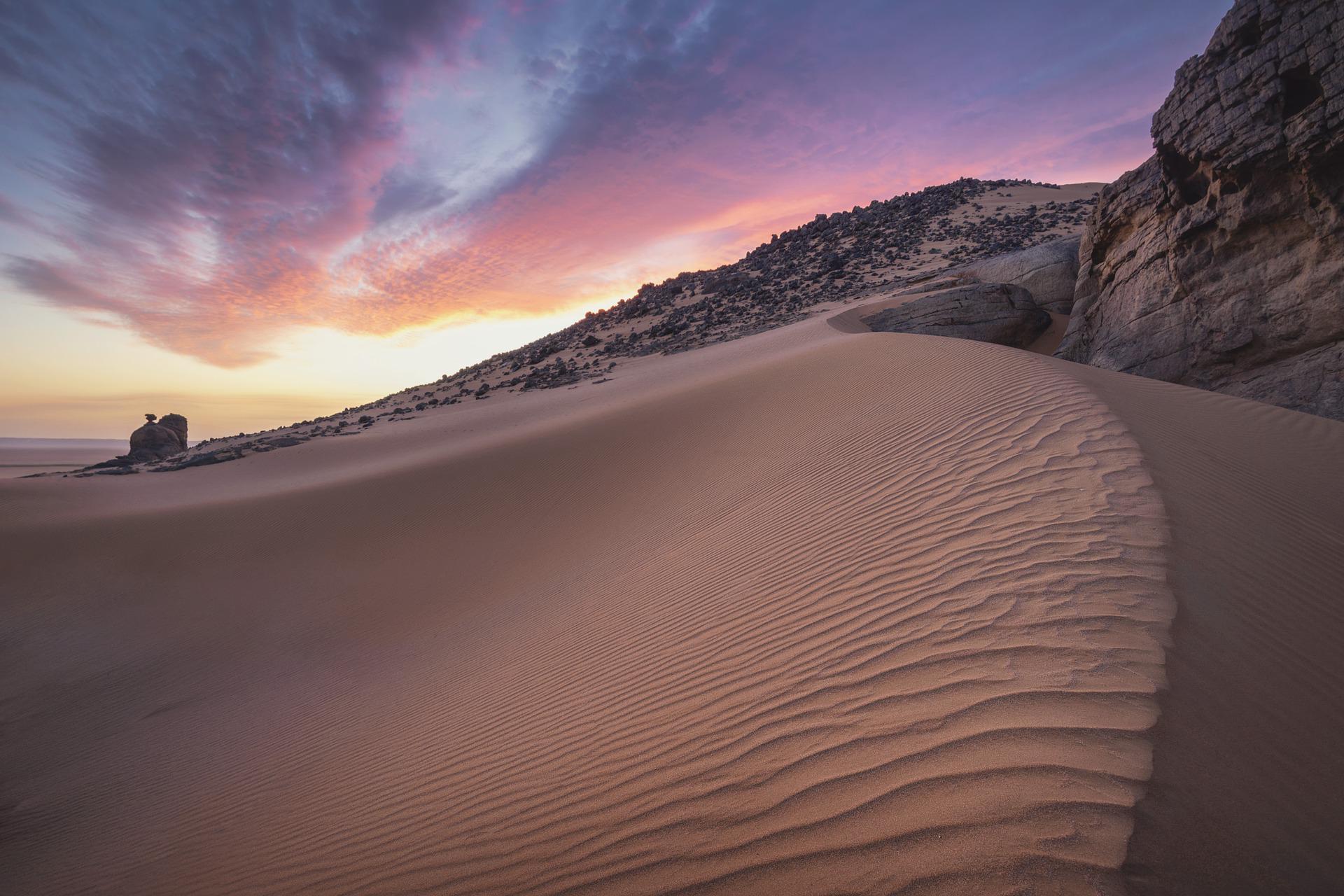
Mid-level clouds form with a predictable daily cycle over the Sahara in north Africa. The clouds affect the radiation budget for the region, but form in thin layers that are challenging to correctly simulate in weather and climate models.
-
UNSW01: Mapping hail boundary conditions in Australia
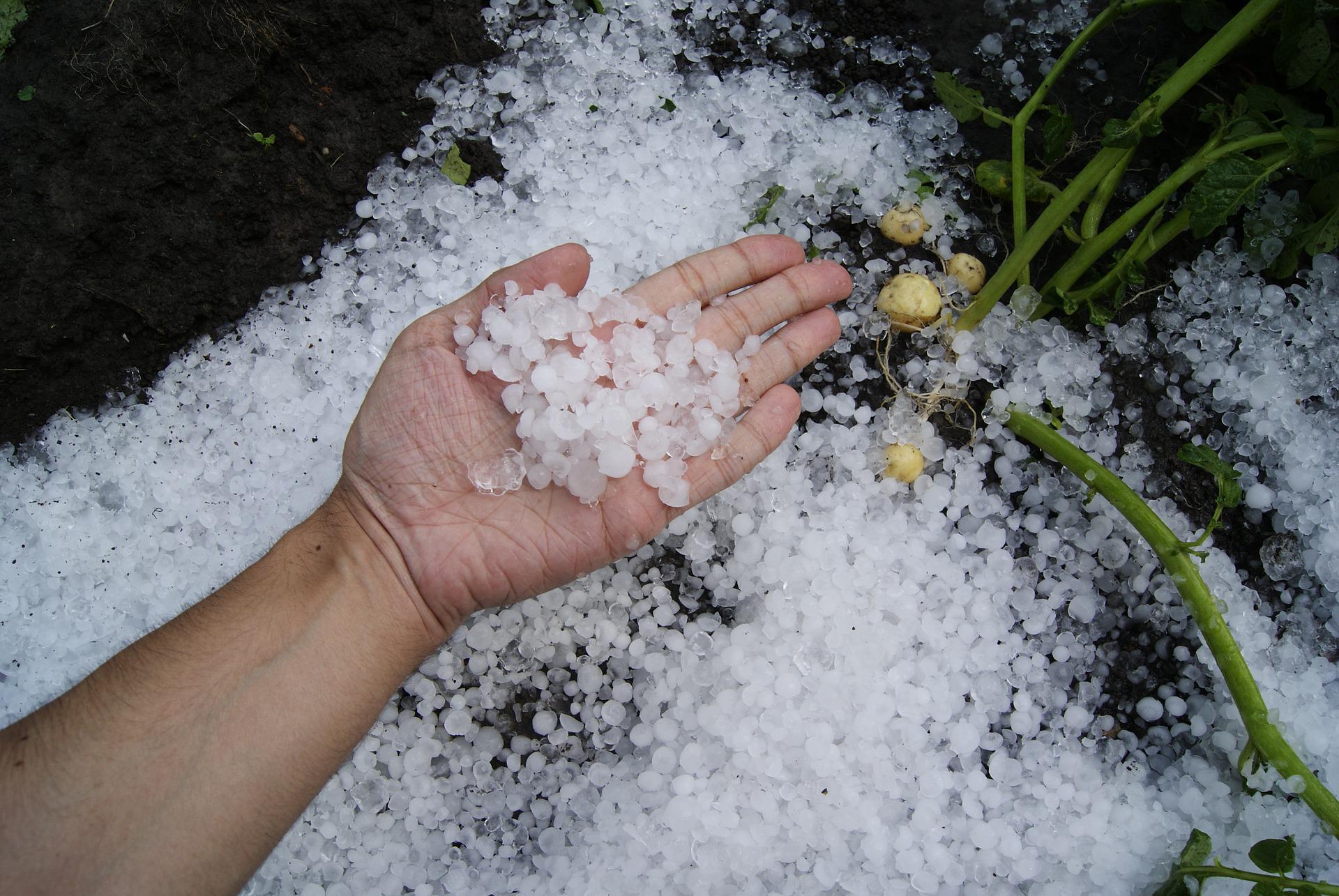
In this project, the student will use high-resolution data to examine the state of the atmosphere in Australia over the last four decades, and produce maps showing hail boundary conditions – that is, where and when hail could or could not occur.
-
UNSWMELB01: What is the role of the Madden-Julian Oscillation in modulating multi-year La Niña events?
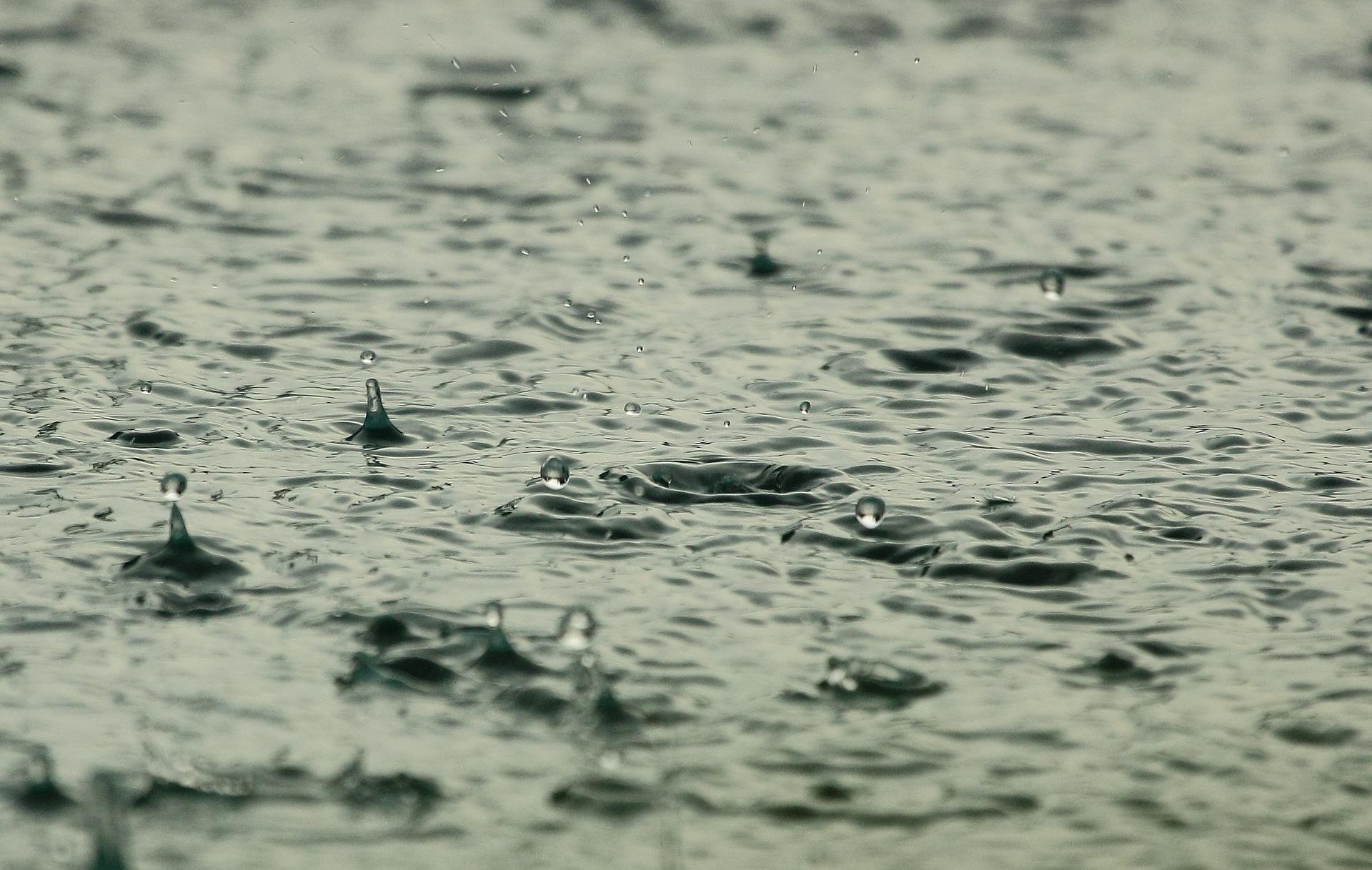
This project aims to explore the role of the MJO in modulating multi-year La Niña events.
-
BOM03: realise added value of bias correction and downscaling methods on hydrological projections

Hydrological impact studies analyse the effects of climate change on hydrological variables, such as changes in soil moisture, streamflow or hydrological extremes. This project aims to investigate the realised added value effect of model bias correction and downscaling methods on hydrological projections for Australia.
